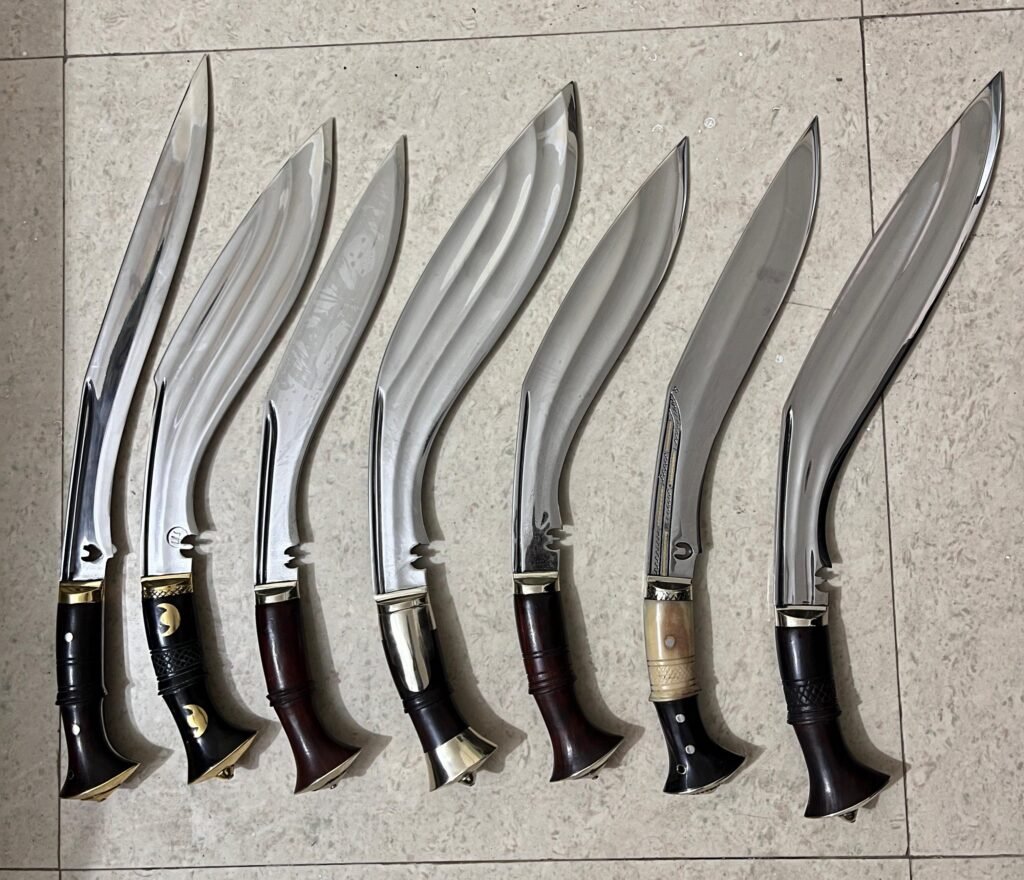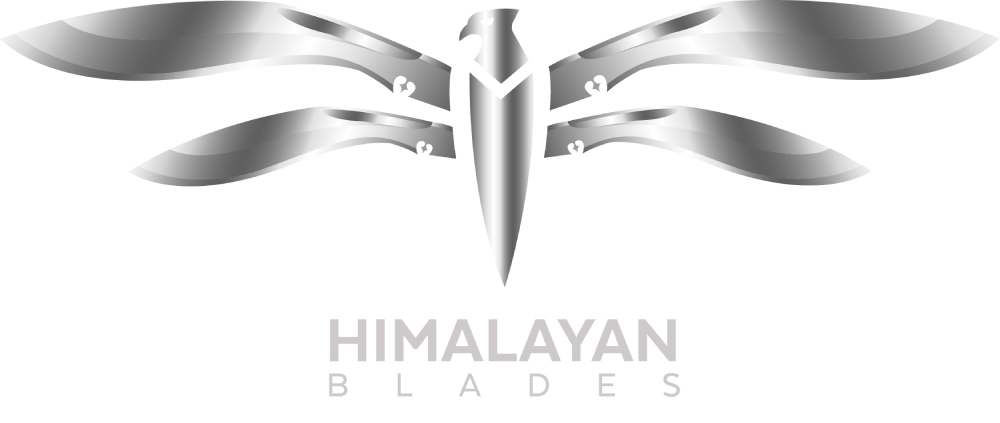
The kukri is not only a blade; it is a lasting representation of Nepalese culture, Gurkha bravery, and artisan skill. While its unmistakable forward-curving design may be its most recognisable feature, one feature that tends to go unnoticed by casual onlookers is the fuller. Not only regarded for providing strength and reducing weight in blades, the fuller also plays a significant hand in shaping the fuller Khukuris we see today.
In this post, we will cover the history, craftsmanship, types of fullers, and function of fuller Khukuri knives, and why fuller Khukuris continue to be respected in both traditional and modern settings.
What is a Fuller?
A fuller is a groove or channel cut into the blade of a sword, knife, or kukri. Contrary to popular belief, a fuller is not an ornamental or solely decorative element. Its main purpose is to bring about a reduction in weight to the blade without losing structural strength. Think of it as an “I-beam” used in construction; it is designed to be strong while reducing the amount of material to be lighter.
In fuller Khukuris, the fuller allows the warrior, craft worker, and user of the blade to effectively handle the blade with balance, dexterity, and speed.
The Historical Roots of Fullers in Kukris
The kukri originates from ancient Nepal, where it became the weapon and utility tool of choice for the Gurkhas. Early kukris were plain, forged with no grooves and made exclusively for strength and battlefield use. As craft skills advanced, the design adjusted in its complexity, and it was then the fuller Khukuri knives (fuller is the groove) began a new era of purpose; blacksmiths could now design a Kukri with grooves in the blade that made it lighter but stronger. This design allowed for Gurkha soldiers to fight longer and be less fatigued, and it proved to be an incredible benefit from the many battles fought, from the Anglo-Nepalese War to service in the Anglo-Indian and British armies.
Types of Fullers in Kukris
Not all fullers are created equal – the predicted function, culture, and aesthetics will dictate what style of fuller is used. The most common styles of fullers in kukris can be broken down into:
Angkhola Fuller
A single deep groove that runs the length of the kukri along the spine. It is designed to create a lightweight blade when possible while keeping it durable when possible. It is seen more traditionally in utility kukris.
Tin Chira (Triple Fuller)
It features three separate grooves. They have been cut and balanced around the blade.
They are aesthetically pleasing while helping to achieve a stately balance.
It is very popular to collect fuller Khukuris for looks.
Dui Chira (Double Fuller)
Two grooves have also been cut parallel down the length of the blade. Offers a good balance of weight reduction and strength. Commonly found in patrol ceremonial kukris or in some military kukris.
Single Chira (One Fuller)
A single shallow groove is simpler if compared to an Angkhola. It is practical and effective and helps to reduce weight while being as simple as possible in forging.
Commonly found in many mid-sized Kukris, as well as ambidextrous utility feral Kukris.
Modern Hybrid Fullers
Fuller hybrid styles constitute modern craftspeople changing traditional fuller styles and using their aesthetic needs rather than their functional needs.
Each style of fuller adds its own personality, resulting in a fuller Khukuri that allows for the creativity of heritage Nepalese craft skills and an evolution of style.
Craftsmanship Behind Fuller Kukris
Building a full Khukuri is incredibly difficult. The “Kami” bladesmiths in Nepal make fullered blades by hand. The process involves:-
Forging Process and Material Selection
Heating and Forging—The blade is heated to red hot and hammered to obtain the perfect curve.
Carving in the Fuller—The skilled Kami will hammer the grooves into the blade carefully, taking care to obtain symmetry and depth in the grooves.
Polishing and sharpening—The blade is polished and the fuller adjusted to improve function and appearance.
Each fuller Khukuri knife is unique, with the craftsman’s dedication to his craft and cultural artistry being the fingerprint of the blade.
Functionality of Fullers in Kukris
The fuller is more than just a beautiful feature; it contributes greatly to the kukri:
Weight Reduction – A kukri without a fuller can be noticeably heavier in long use. The groove reduces weight without making cutting strength compromise.
Improves Balance – Fullers move the balance of the blade to make it faster and easier to handle.
Structural Strength – Like struts, a fuller distributes stress on a blade.
Aesthetic Beauty – Fullers add depth and character to the Kukri’s signature profile (fullers themselves can sometimes enhance the looks of blades even without any additional functionality as a functional element of design).
For both collectors and users, fuller Khukuri knives are a blend of tradition and efficiency.
Modern-Day Appeal of Fuller Khukuris
Today, the kukri remains a cherished symbol of Nepalese identity, the bravery of the Gurkhas, and the elite warriors they fought for during colonisation. Contemporary consumers, survivalists, and collectors have set their sights on fuller Khukuris, as they represent both practicality and history. Fuller Khukuris can work in various fora, be they ceremonial, collectible or in the field. They are a culmination of centuries of development and craft skills.
For those looking to claim a piece of history, a fuller Khukuri knife is much more than just a blade; it is a story of strength, art, and pride.
Conclusion
The story of fuller Khukuris takes us into deep ground in the traditions of Nepal, the Gurkha’s military tradition, and definitely the skill of the master craftspeople that shape these knives. There are many different types of fullers, from a single Chira to the very decorative Tin Chira. Fullers serve to enhance the Khukuri’s balance, weight, and strength. Fullers can add beauty to the knife as well as utilitarian characteristics.
Whether you are a historian, a collector, or a blade enthusiast, understanding the purpose, types, and functions of fullers will help you better appreciate the fuller Khukuris that continue to carry on their legacy of strength and craft skills.ftsmanship, and the relentless pursuit of excellence.

